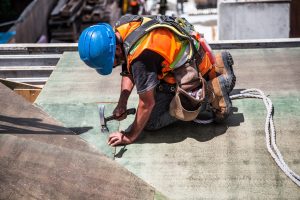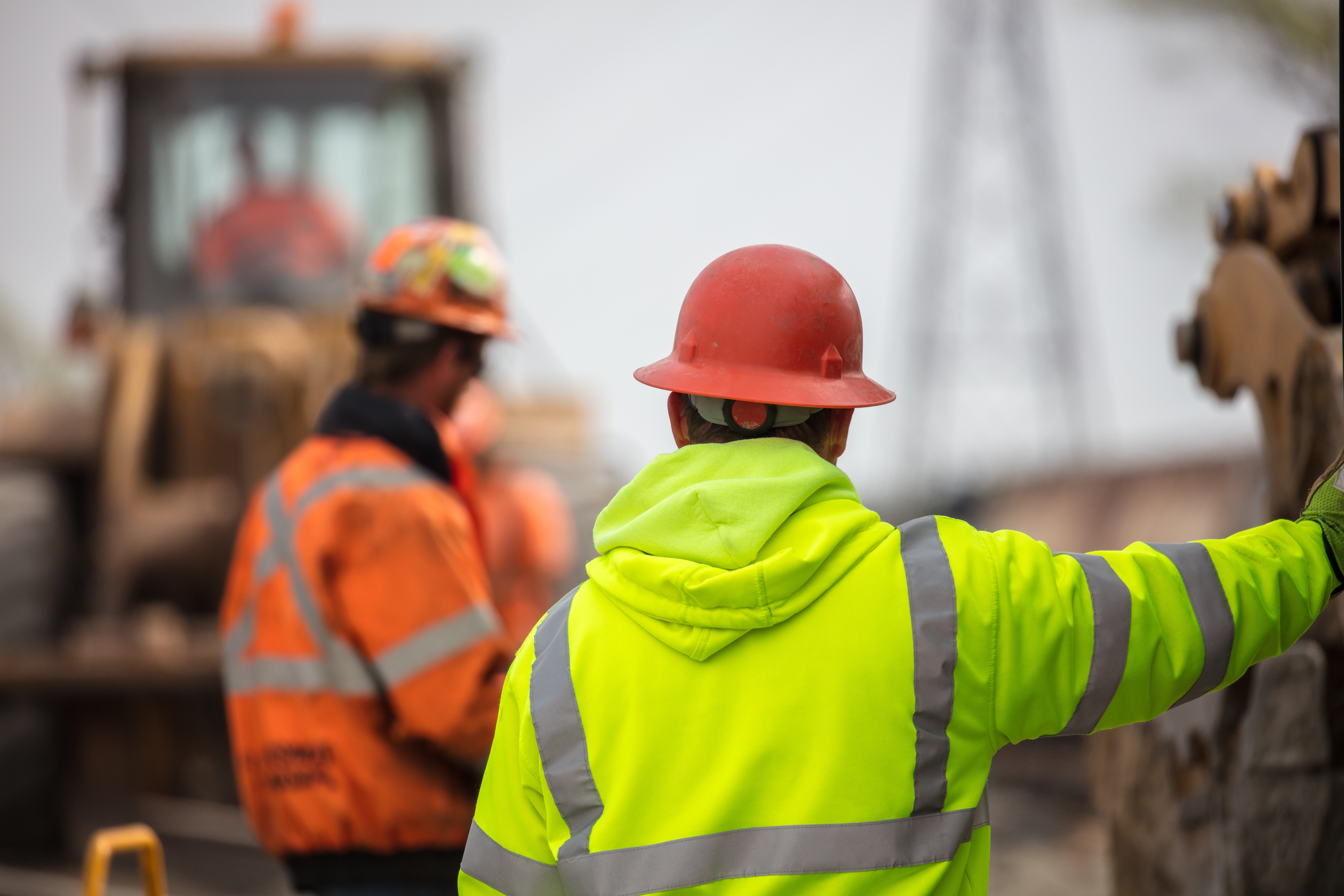The demand outlook is imposing. “To meet growing demand, America needs to build at least 4.6 million new apartment homes at all price points by 2030,” the National Apartment Association trade group pronounced in 2017. “In addition, as many as 11.7 million older existing apartments could need renovation during the same period.”
The good news is that something like 700,000 units have opened up since that report came out, but even this frothy pace is still 30,000 less than what it needs to be to meet demand.
This might seem like a great problem to have, but why can’t we build apartments buildings as fast as we can sell them?
The Official Story
The first place we looked for the answer to this question was the NAA’s Barriers to Apartment Construction Index. It isn’t wrong, but let’s just say it’s saddled with a point of view.
The NAA summary of reasons “Why We Can’t Just Build More” boils down to one thing: It’s the government’s fault.
“Over the last three decades, regulatory barriers to apartment construction have increased significantly, most notably at the local level. Outdated zoning laws, unnecessary land-use restrictions, arbitrary permitting requirements, inflated parking requirements, environmental site assessments, and more, discourage housing construction and raise the cost of those properties that do get built,” according to the screed, which doesn’t explain how land-use laws that only went into effect in the past three decades became outdated so quickly.
The NAA is also quick to point to the permitting process, fees related to construction, rent controls, and all other government interference. It’s unclear if they’re saying that local governments shouldn’t be sending inspectors or if they’re saying that someone else should be paying for them. It’s also unclear if they understand that local governments have other business before them aside from greenlighting every project that involves a hardhat and a backhoe. City officials measure success in votes, not square footage, and people who already live in town want zoning laws to ensure that the character of their block doesn’t change too drastically. And then there’s the occasional voter who can’t afford rent on a new Class A building so relies on rent controls which, though inelegant from the economic modeling perspective, work in practice. That’s how you can find people to work in the building without a two-hour commute.
It always comes down to those pesky, inhospitable neighbors, doesn’t it? The NAA is particularly sour on an attitude called NIMBY which, as regular readers here are aware, stands for “Hey, We Were Here First.” In one recent, high-profile example, a grass-roots NIMBY movement kept Amazon out of Long Island City — not just without government intervention, but actually in opposition to state and municipal officeholders who were doing everything they could to seal the deal. The locals believed that this would price them out of their own neighborhoods.
Contravening this fact, the NAA makes the unsubstantiated claim — there’s actually a footnote attached to this assertion referring the reader to another tirade rather than an actual source — that NIMBY activism promotes the interests of high-income over low-income residents.
 “While we do not yet have a measure for the impact of political activism on the process of adding new housing, especially the more affordable type, one might surmise it is correlated with income and wealth,” according to a 2019 report. But then again, one might just as easily not surmise that.
“While we do not yet have a measure for the impact of political activism on the process of adding new housing, especially the more affordable type, one might surmise it is correlated with income and wealth,” according to a 2019 report. But then again, one might just as easily not surmise that.
Wait, it gets sillier. Look at the relative weight the NAA gives to politics and profits, then compare that to your own experience of what drives any real-world business: “Specifically, political activism, along with profit margins on high-end housing, might explain why there appears to be a national trend towards approving only the larger high quality and higher-priced housing or rental units with the lowest densities.”
Partial Credit
The NAA does actually get around to publishing words that actually pass the sniff test. It discusses land, labor and construction costs. It also notes that not all land is ideal for housing, whether due to geological factors or environmental considerations. And it acknowledges that some of the most desirable areas targeted by investors in new construction are already built out by existing high-end housing stock, retail access, offices, entertainment spots, and green spaces — but isn’t that the reason they want to build there in the first place?
One undeniable factor the NAA highlights is what it terms “lost apartments”.
“Adding to the apartment shortage is the fact that every year, the nation loses between 75,000 and 125,000 apartment units to obsolescence and other factors,” it credibly asserts. “Most lost units are likely at the lower end of the market, disproportionately hurting the affordable supply that exists. This situation is likely to worsen going forward since more than half (51 percent) of the nation’s apartment stock was built before 1980, and without resources dedicated to supporting rehabilitation efforts, more stock will continue to leave the available pool.”
Still, the real answer to what keeps America from building more apartments faster gets us back to that hardhat and backhoe. There simply aren’t enough of the former, although we still have enough of the latter for now.
The Real Answer
Anybody can shingle a roof. Anybody can put up drywall. But when you consider the legions of electricians, plumbers, ironworkers, HVAC installers, elevator installers and all the other people who have specialized skills and are willing to turn wrenches 800 feet in the air, good help suddenly becomes hard to find.
The NAA reports that “Following the [2007-2009] economic downturn, many workers left the construction industry and have yet to return.” Again, the report doesn’t cite a source for this assertion, but it can be verified. The Association of General Contractors doesn’t get into the history of the problem, but it does recognize a severe, nationwide labor shortage that will probably get much worse before it gets better. Labor Department projections back that up.
And someone whose opinion matter has gone on the record as saying that hundreds of thousands who dropped out of construction work during the last economic contraction never returned to it, and those jobs have proven hard to fill.
“Construction is not an attractive industry to millennials. In addition, 600,000 workers left the industry during the great recession and have not returned,” John Wagner, national construction director at global insurance brokerage firm Gallagher, tells GlobeSt.com.
The good news, though, is that there appears to be enough of the means of production to keep building up city skylines. A web search reveals that there are far more articles about shortages of crane operators rather than shortages of cranes.
But that could change. According to Construction Dive, Seattle and Los Angeles each have 49 tower cranes in operation on local sites. Eight other U.S. or Canadian cities have more than a dozen. And then there’s Toronto, with an astounding 120 temporary additions to its skyline. And let’s remember that cranes, just like the high-rises they enable, need to be built, and that’s neither cheap nor easy. According to the American National Standards Institute, there are only around 100,000 tower cranes in the entire world. So that’s inclusive of about 180 nations not in North America. And they also need to be shared with developers of office space, government buildings and anything else too big for fire escapes.
There could come a point when crane availability becomes a key constraint to the multifamily real estate industry’s ability to keep up with demand. In fact, we’ve seen those headlines before.
In 2007.
Not long after that, demand for new housing dried up. Crane operators very suddenly had bigger problems. Apparently, they left the business and never came back.


